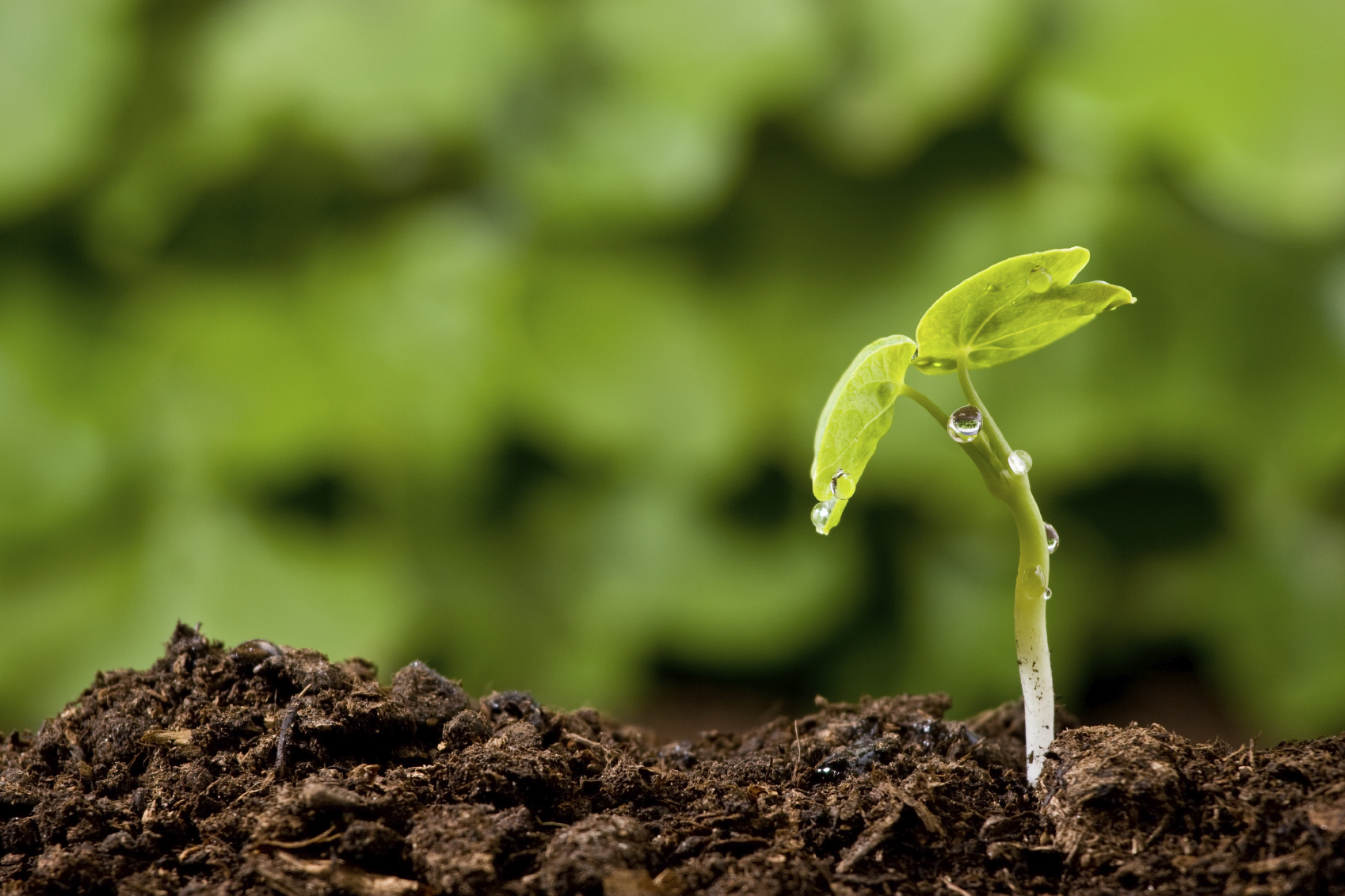Potassium Lignosulfonate and Ammonium lignosulfonate can be used in agriculture
Soils treated with ammonium lignosulfonate generally had lower pH than untreated control soil (Fig. 1A). The pH reduction was greater with 0.5 and 1.0%, than with the 2.0% ALS mixture. All ALS treatments caused an increase in total soil bacterial population (Fig. 1B). In general, after 14 days of incubation the total bacterial population in 2% ALS mixture soils increased from 300 million to more than 100 billion bacteria/g of soil.
Ammonium lignosulfonate increased the total fungal populations (Fig. 1C). There was a linear increase in fungal population as the mixture concentration of ALS was increased. The 2% ALS mixture increased fungal populations by more than 2 log units. All mixtures of ALS caused a 10-100 fold
decrease in Streptomyces populations on selective media (1) by day 28 (Fig. 1D).All concentrations of ALS decreased germination of V. dahliae microsclerotia (Fig.1E). The germination rate decreased with the increase in the mixture concentrationof ALS.
More than half of the microsclerotia recovered from soils treated with 2% ALS were killed after 14 days of incubation. These results were confirmed by studies of the Verticillium wilt incidence of potatoes cultured in a greenhouse 20-2 experiment. Plants growing in ALS treated soil showed significantly lower
Verticillium wilt incidence than control plants.
Verticillium wilt was detected in the control treatment 6-8 weeks earlier than in any of the ALS treatments. None of the tubers in the greenhouse study, including the controls, showed any scab lesions.
All mixtures of ALS significantly reduced the number of nematodes (Fig. 1F). The 0.5% ALS mixture reduced nematode numbers by more than 60% while the 1.0% mixture reduced the nematode population by more than 95%. Field trial results indicate that at the concentrations used, ALS had a phytotoxic effect on potatoes.
This phytotoxicity, however, was transitory at rates below 0.5%and the plants recovered and caught up to the plants in untreated soil.
Current studies are focussed at finding those rates that provide disease control but do not have any phytotoxic effects. Disease assessment results from the field experiments are not complete at this time, but preliminary data from a few plants taken from the guard rows indicate that scab was effectively controlled. These results will be available after September 1998.
Laboratory and greenhouse experiments indicate that ALS, while increasing soil microorganisms by 10-100 fold, reduces populations of important soilborne pathogens of fungal and bacterial species. This suggests that ALS could become a component for plant disease control and an alternative to fumigants for the control of soilborne plant pathogens.
The mode of action of ALS is unknown but theindication is that the product contains bactericidal, fungicidal, nematicidal, and phytotoxic components. We have found that not all plants are equally sensitive to the phytotoxic material.
ALS has a fertilizer component as it contains 6-8% nitrogen and is also a valuable reservoir of sulphur. Work is continuing toward development of ALS into a formulated product for agricultural use.

